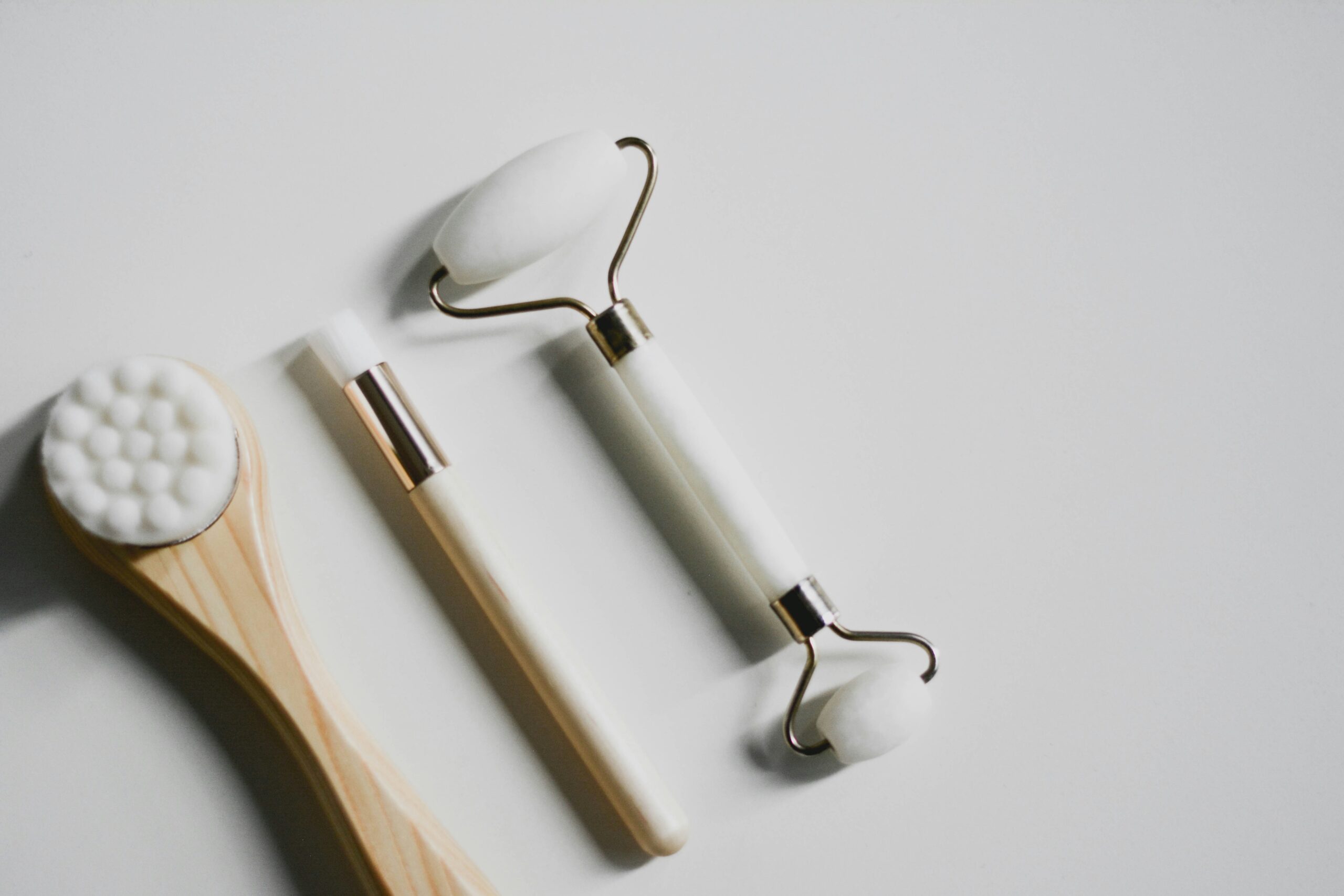*Content warning: body horror, graphic description of dermatological disease.*
For the first eleven years of my life, I had clear skin. The kind a romance novelist would call caramel-coloured, smooth as a baby’s bottom, with the sort of even texture and invisible pores reserved for children and celebrities and the genetically very, very blessed.
Enter puberty, stage left. We all know what followed: breasts and blood and other mundane female horrors, too banal to be worth repeating. But in my case, behind them trailed an unexpected guest, a chronic, incurable skin condition that brought with it pain and shame, and soon consumed my every waking thought. Hidradenitis Suppurativa, or HS, for short.
HS is devastatingly simple in its design. A hard lump the size of, say, a rosary bead appears beneath your skin, triggered by genetics, stress, diet, mercury being in retrograde, sweat, hormones, and/or the wrath of God. This is a flare. It swells (grape-sized if you’re lucky, strawberry if you’re not), filling with pus and blood. Eventually, when the pain has reached a fever pitch so intense you’re seriously considering lancing yourself with a safety pin, it ruptures, bleeds, and heals. Then, a brief respite, before the cycle begins anew. Swell, rupture, heal, repeat. Over time, a catacomb-like network of subterranean scars develop in areas prone to flares. The skin there puckers, becoming raised and knotted to the touch.
Despite being prevalent and often debilitating, HS remains under-researched. Its causes are not well understood, and Western medicine offers no cure. While treatments to manage its symptoms exist, many are often prohibitively expensive, and come with more side effects than they are worth. This lack of research becomes clearer if one considers who is most affected by HS—women, BIPOC and , with Black women being the most represented demographic. Its obscurity also means that doctors often misdiagnose HS. Do you wash yourself often enough? Maybe try losing a few pounds. Let’s get you tested for some STDs. Again and again, this purely genetic disease is treated as a personal failing, a devil’s mark, the visible manifestation of some deeper moral or spiritual uncleanliness.
Neither does HS attack alone. Its many comorbidities include acne, psoriasis, eczema, scalp dermatitis and keratosis pilaris. The skin, despite its myriad topographical variations in texture and colour, is one continuous organ and imperfections rarely limit themselves to one convenient, easily concealed location. And this is just the tip of the iceberg, for I have not even considered the psychological havoc caused by living with such a painful, stigmatised, and well, ugly condition.
This ugliness is what troubles me most about my HS. I am a young woman; I objectify my body and fetishize my suffering as easily as I breathe. So, the fact that my HS is impossible to aestheticize devastates me. My body does not waste away elegantly upon a chaise lounge like that of a sick-lit heroine. Instead, it leaks and bleeds and reeks, all things the female body, which is less biological entity keeping human alive and more sweatless poreless fatless surface upon which desire and violence are enacted, must never do. HS reminds me, in horrifyingly pungent detail, that my body is no ornament, but organic matter prone to rot and decay, and that is sometimes too much to bear.
I did much to manage my HS, over the years. Not to relieve the pain, mind you. Just to make my skin a little prettier, a bit easier on the eyes of the beholder. I trotted obediently to laser and dermabrasion appointments. Chug-chug-chugged 8L of water a day. Stocked my bathroom with salicylic acid and Vitamin C and azelaic acid and squalane and niacinamide and rosehip oil and snail mucin and tretinoin and whatever else was being marketed as the skincare industry’s panacea du jour. These helped, to varying degrees. But they did not give me the dewy glass skin I craved, and sustaining them transformed my life from something I liked into an exercise in obsession and self-denial.
Even more devastating, for me, was the impact of smartphones and social media. To have a skin disease during this historical period in which humans are photographed constantly and with unforgiving clarity, in which we possess a magic square that lets us compare ourselves with the luminous, butter-smooth faces of the prettiest people alive, and filter our photos until they enter the uncanny valley, is a unique kind of hell. That the skincare boom of the 2010s arrived a few years after smartphones did is no coincidence; the technologies we have welded inextricably with ourselves are a fertile breeding ground for insecurity and dysmorphia, upon which the skincare industry thrives.
All this to say, I have not learned to accept my HS. I speak of it rarely and with revulsion, and to describe it in detail as I have forced myself to do here, turns my stomach. I wish I could set an example, be a ‘Good Chronically Ill Person’ and declare that I have learned to love my skin, flaws and all, bringing this article to a satisfying, feel-good conclusion. But I don’t. I can’t.
The truth is, every night in my dreams, I peel myself out of this scarred and speckled flesh suit. I flay long strips of skin, lay them down coiled neatly like lemon rinds. Then, I rise from the blood-slick, bare muscles gleaming, unblemished and beautiful.
By Anonymous
Header via content pixie, Unsplash (the romanticisation of skin care)


